- Rent, Lease, or Purchase
- |
February 7, 2020
What Are Open-Top Shipping Containers?
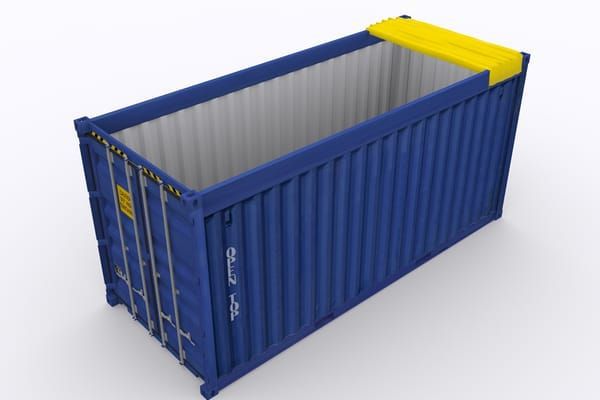
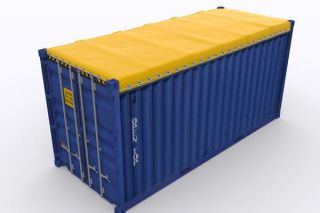
An open-top shipping container helps you store/transport cargo that's too large to load in a conventional container. Instead of a solid roof, these containers have a heavy-duty tarpaulin-covered top. Their unique design allows you to load heavy and irregular-shaped goods from the roof side with a crane. Some open-top containers also have a steel roof and double doors.
Below, we’ll discuss what makes open-top containers so unique and how they contribute to various industrial applications.
What Is an Open-Top Container?
Just as the name suggests, an open-top container has an 'open top.' While they offer a similar load carrying capacity to a regular container, they also give you the flexibility to store and transport large and irregular-shaped objects.
Typically, most open-top units have a removable tarpaulin roof. However, some containers may also come with a steel roof that functions as a lid. Once you load the cargo from the top, you can secure steel-top containers with a hard roof to make stacking easier.
Types of Open-Top Containers
Open-top shipping containers come in two standard sizes. Depending on your application and the size of the cargo you're transporting, you can choose from the following types:
20-Foot Open-Top Container
A 20-foot open-top unit is perfect for cargo that is too tall to fit in a regular-sized container. You can easily store and transport motors and engine parts, bulk grain, recyclable goods, machinery, and construction supplies.
40-Foot Open-Top Container
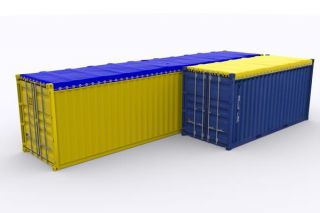
40-foot open-top containers are twice as long as 20-foot containers, offering a larger cubic capacity for storage and transportation. These units provide a secure space for steel, mining supplies, pipes of varying sizes, cable spools, and bulky machinery parts.
Open-Top Containers: Dimensions and Specifications
Both 20-foot and 40-foot containers have similar widths and height, but differ in length.
The additional length of 40-foot open-tops makes them perfect for large shipment sizes, while 20-foot units are more compact. Let's take a closer look at the dimensions of 20' and 40' open-top units.
20-Foot Container
- External Dimensions: 20' Length x 8' Width x 8'6" Height
- Internal Dimensions: 19'4" Length x 7'8" Width x 7'7" Height
- Cubic Capacity: 1130 ft3
- Tare Weight: 4960 lbs.
- Payload Capacity: 67196 lbs.
40-Foot Container
- External Dimensions: 40' Length x 8' Width x 8'6" Height
- Internal Dimensions: 39'6" Length x 7'8" Width x 7'7" Height
- Cubic Capacity: 2295 ft3
- Tare Weight: 8399 lbs.
- Payload Capacity: 58797 lbs.
Open-Top Container Features
Though they only contain five walls, open-top containers provide a perfectly safe way to load cargo. Let's take a look at some of the unique features that make these structures not only convenient, but also safe and secure.
Windproof and Watertight
Open-top containers protect your goods from wind, water, and external weathering. Once you load the cargo, you can secure the roof bows and tarpaulin with weatherproof seals.
You can also invest in steel-top units. These containers open from the top like a tarp-roof container. You can also place the Corten steel roof at the top like a lid to close the container during transportation.
Versatile
Open-top shipping containers give you the flexibility to load cargo from the container doors and the top. If you're shipping small goods, you can use the container doors. For oversized cargo, you can always load it from the top.
Robust Floor
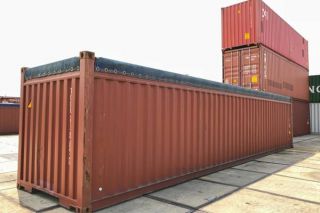
Most open-top units have hardwood or plywood flooring with internal securing points, helping avoid any unwarranted movement during transportation.
Although there are various types of shipping containers, open-tops are special containers that serve niche applications. Sometimes, the size and shape of the cargo become an issue, even for a high-cube container.
Consider tractors, for instance. Their tall and awkward shape makes storing them in conventional shipping containers challenging. Similarly, machinery and turbine parts may have an irregular size that calls for open-top shipping containers.
If you're storing or transporting goods larger than what standard containers can hold, open-top containers are a perfect choice. In addition, your material handling becomes much easier, especially if you're using cranes.
Shipping Common Cargo and Goods in Open-Top Shipping Containers
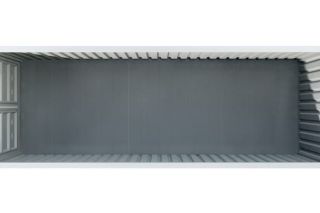
Here are some typical items you can ship in an open-top shipping container.
- Industrial pipes and equipment
- Machinery parts
- Heavy-duty tires
- Generator sets
- Jet and ship engines
- Steel and ores
- Construction supplies
- Rail parts and equipment
Flat Rack Containers vs. Open-top Containers
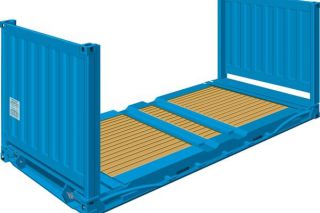
While both open-top and flat rack shipping containers help carry oversized cargo, there's a significant difference in their construction. Flat racks have no walls and collapsible end doors, while an open-top container has an open roof for top loading.
Naturally, open-top containers have more structural integrity and higher weight capacity than a flat rack. However, flat racks can accommodate more shapes than open-tops.
How to Choose the Right Open-Top Shipping Container?
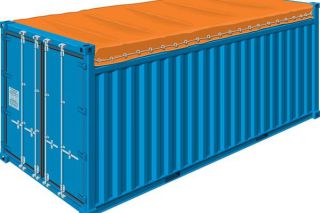
One of the most crucial aspects to consider while selecting an open-top container is structural safety. If you're using a tarpaulin-covered container, ensure that the stacked weight does not exceed the weight that the tarp can carry.
In addition, select an appropriate clamping mechanism to protect the container from theft, tampering, and weathering during transportation.
Consider the size of the goods and the cost of the container. Suppose you're shipping valuable and fragile cargo. In that case, it is better to invest in a large-size container to avoid any unnecessary contact or rubbing with the walls or any other goods in the shipment.
Note that your open-top unit will make loading with a crane easier and can only accommodate taller cargo. You could also look into other standard containers like flat racks for goods with a larger width or height.
Conclusion
Open-top containers can be an excellent option for shipping taller cargo that is too challenging to transport in a conventional shipping container. These structures also give you the flexibility of loading heavy cargo from the top with a crane.
Before selecting an open-top unit, you must understand its dimensions, weight capacity, and size to avoid damaging your cargo.
Mobile Modular Portable Storage offers high-quality shipping containers for rent and sale. Call us at 866-691-6474 or request a quote to know more about our industry-specific container solutions.
Frequently Asked Questions
What Are Open-Top Containers Used For?
An open-top container makes it easier to accommodate taller cargo that is difficult to fit in conventional containers. Open-tops also help you load cargo through the roof with a crane.
What Is the Difference Between a Flat Rack Container and an Open-Top Container?
A flat rack container has long open sides and an open roof. These structures only contain walls only at the short ends of the container. You can load uniquely shaped or oversized cargo from the top or sides.
All walls remain in-tact on an open-top container, while only the roof remains open. These containers have more structural integrity, while flat racks accommodate more shapes.
Can You Stack an Open-Top Container?
If using a tarp roof container, stacking can damage the tarpaulin. On the other hand, you can easily stack open-top containers like regular units if fitted with a steel roof once fully loaded.
Related Blogs
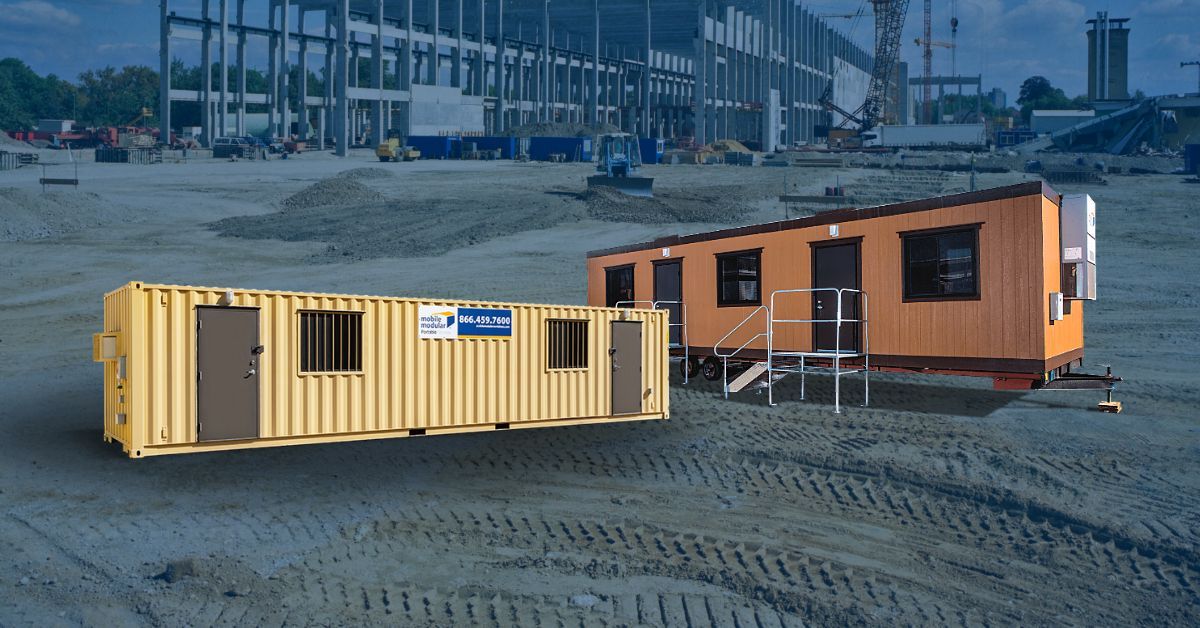
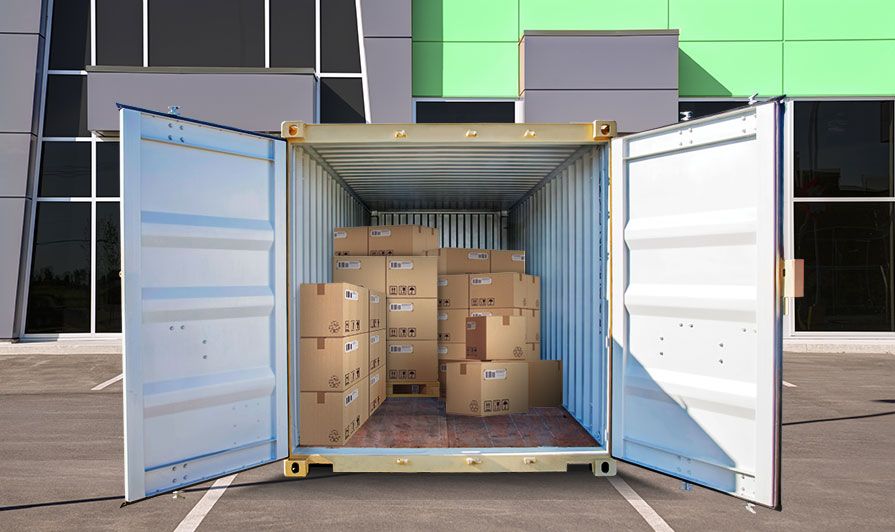

Subscribe to Our Blog
Enter your email address to subscribe to the blog and receive the notification of new posts by email.
Thank You for Subscribing to Our Blog!
Stay tuned for upcoming emails with valuable content that we hope will enhance your experience with our brand.
Both Pardot and mg360 form submissions failed.
